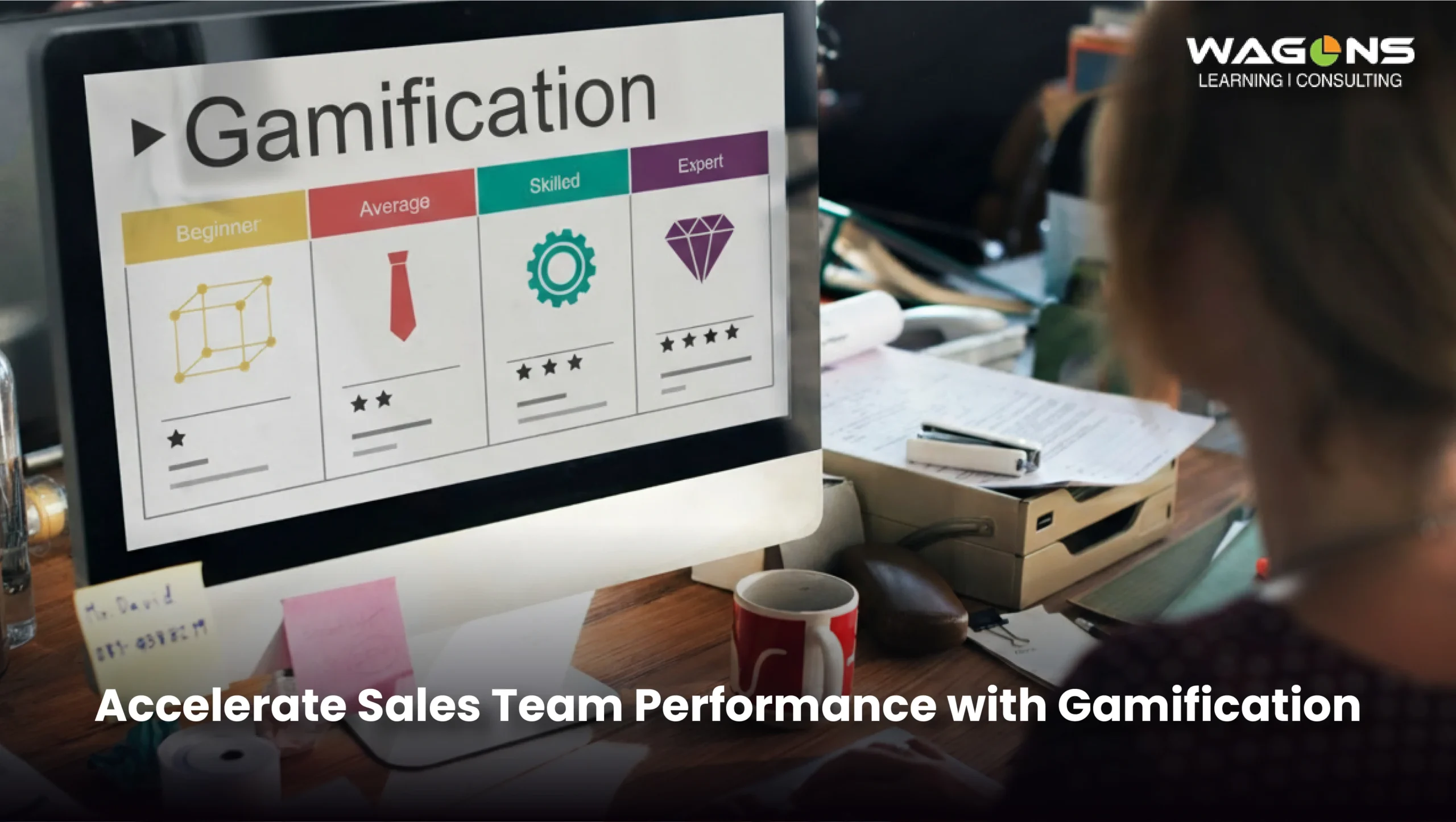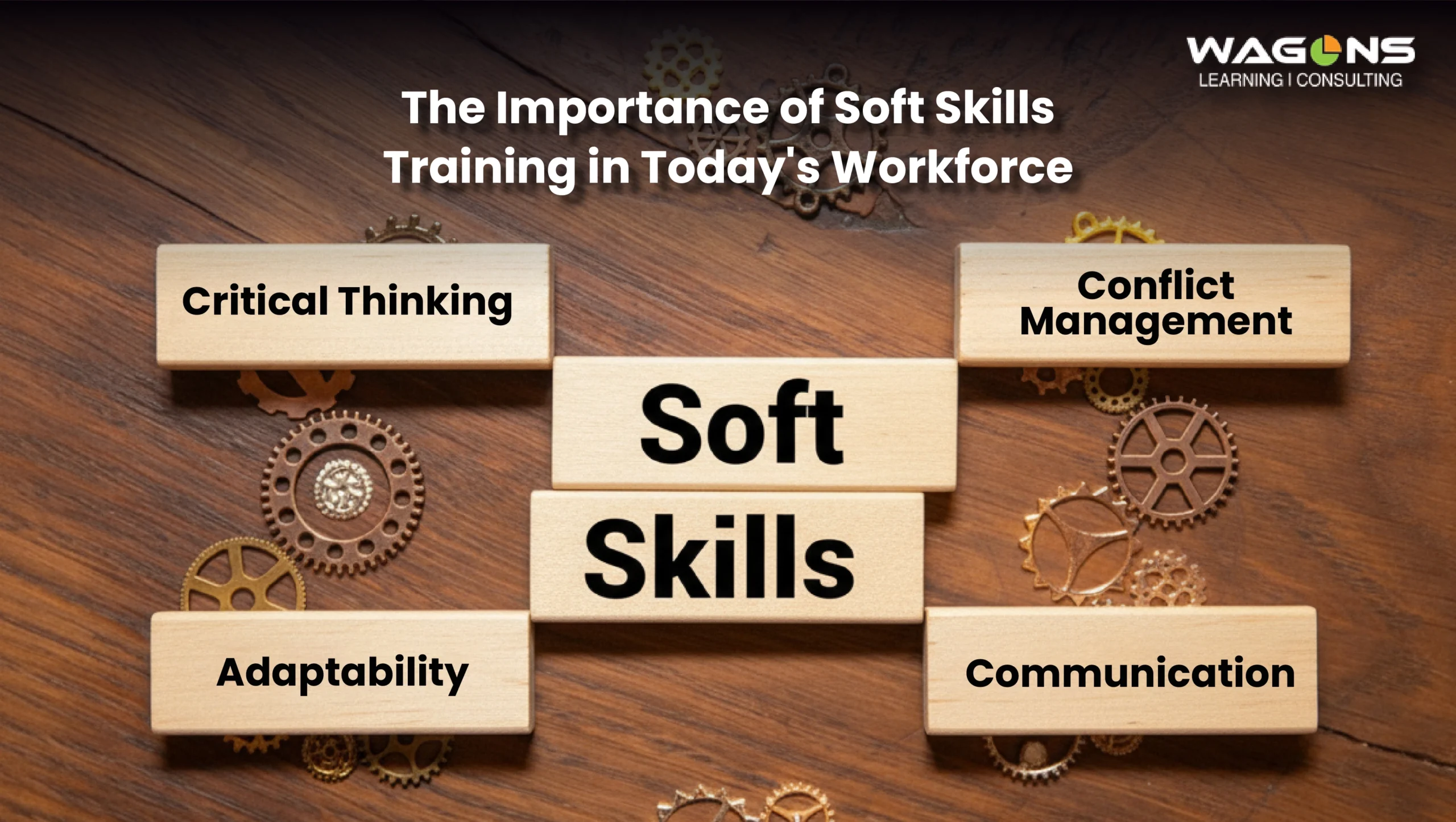Key Takeaways:
Traditional sales training fails because it’s passive and disconnected from the competitive nature of sales professionals.
Gamification leverages the psychology of motivation: autonomy, mastery, and competition, to boost engagement by up to 60%.
A successful program focuses on rewarding key sales behaviors, not just outcomes, leading to measurable improvements in CRM adoption, forecast accuracy, and revenue.
This guide provides a 5-step blueprint for designing and launching an effective, custom gamified sales training program.
Why Traditional Corporate Sales Training Fails to Engage Your Team
Your sales team just finished another mandatory training. They completed the modules, passed the quiz, and earned a certificate. A week later, almost everything is forgotten. This isn’t a problem with your team’s motivation; it’s a failure of methodology. Standard corporate sales training programs treat action-oriented salespeople like passive students. But high-performers don’t learn by listening to lectures; they learn by doing, competing, and winning.
The result? The “Ebbinghaus Forgetting Curve” proves that without active reinforcement, learners forget up to 80% of information within 30 days. You’re left with a checkbox ticked but no real behavior change, leading to:
– Longer ramp times for new hires.
– Inconsistent application of your sales methodology.
– Poor CRM and sales tool adoption.
– Stagnant conversion rates and missed targets.
The solution is to transform your training from a chore into a challenge. Gamified learning solutions align training with the core DNA of every great salesperson: the drive to compete and win.
How Gamification Taps into the Psychology of Sales Motivation
Effective gamification is more than just points and badges. It works because it taps into fundamental psychological drivers.
Mastery: Salespeople have an innate desire to improve their skills. A well-designed game provides a clear path to mastery, with progressive levels and challenges that build competence.
Autonomy: Instead of forcing compliance, gamification gives reps control over their learning journey. They choose when to engage and how to practice, which increases ownership.
Competition & Social Connection: Leaderboards and team challenges create a sense of healthy competition and community. According to Gallup, this social element can increase employee engagement significantly.
By building on these intrinsic motivators, interactive sales training becomes something your team wants to do, not something they have to do.
What is Sales Gamification? A Practical Guide to Game-Based Learning
Sales gamification applies game mechanics (like points, levels, and rewards) to non-game contexts like sales training and performance management. It reframes skill development as a competitive sport. Think of how a video game hooks a player: clear goals, instant feedback, and visible progress. Game-based learning applies these same principles to your sales process.
Key Components of a Gamified Learning Platform
Points & Leaderboards: Reps earn points for completing training, practicing in simulations, and hitting specific KPIs (like CRM updates). Leaderboards make progress visible, fostering healthy competition.
Badges & Achievements: Digital badges act as credentials for mastering specific skills (e.g., “Objection Handling Master,” “CRM Champion”). This creates collection motivation and public recognition.
Immersive Scenarios & Challenges: Sales simulation training allows reps to practice navigating realistic client conversations, from handling price objections to complex negotiations, in a risk-free environment.
This approach transforms learning from a passive, one-time event into a continuous, engaging loop of practice, feedback, and improvement.
How to Launch a Gamified Sales Training Program in 5 Steps
A successful program requires a strategic plan, not just software. Follow this blueprint to design a program that delivers results.
Step 1: Define Your Business Objectives
Start with the end in mind. What specific, measurable outcome do you want to achieve?
Bad Example: “Improve sales.”
Good Example: “Increase CRM pipeline accuracy by 30% this quarter,” or “Reduce new hire ramp time to full productivity from 6 months to 4.”
Step 2: Identify Key Sales Behaviors
Work backward from your objective to identify the daily or weekly behaviors that drive that result.
Objective: Improve forecast accuracy.
Behaviors: Update deal stages in CRM daily; Log all client calls and emails; Convert leads within 24 hours.
Step 3: Choose the Right Game Mechanics
Assign points and rewards to the key behaviors you identified.
– 10 points for every qualified lead converted.
– 5 points for every client meeting logged in the CRM.
– “CRM Champion” badge for anyone with a 100% activity logging rate for a week.
Step 4: Launch a Pilot Program
Roll out the program to a small, motivated group first. Use their feedback to refine the rules, fix technical glitches, and ensure the game is balanced and fun before a company-wide launch.
Step 5: Analyze, Iterate, and Scale
Use the platform’s analytics to track engagement and correlate training activity with real-world performance. Double down on what works and refine what doesn’t.
See our process for creating Custom Game-Based Learning Solutions that aligns with the above blueprint.
The Business Benefits of Gamified Learning for Corporate Training
Gamification isn’t just about making training enjoyable; it’s about delivering a measurable return on investment.
Increased Knowledge Retention: Interactive, hands-on learning moves skills from short-term to long-term memory, driving retention rates above 75%.
Improved CRM Adoption: A study by the Aberdeen Group found that gamification can improve CRM adoption and forecast accuracy by over 40%. When using the CRM becomes part of the game, resistance fades.
Faster Onboarding: New hires can follow a clear, gamified learning path, allowing them to practice skills and gain confidence faster, measurably shortening their ramp time.
Higher Employee Engagement & Retention: By investing in professional development in an engaging way, you show employees you care about their growth, which is a key factor in retaining top sales talent.
Why Partner with an E-learning Gamification Company?
Building an effective gamified system requires expertise in learning science, sales psychology, and technology. Wagons Learning is an e-learning gamification provider that specializes in creating bespoke solutions for sales organizations.
We don’t use generic templates. Our process involves:
– Deep Discovery: We analyze your unique sales process, challenges, and objectives.
– Custom Content Creation: We build realistic sales scenarios and challenges based on your products, market, and buyer personas.
– Strategic Game Design: We craft rules, rewards, and leaderboards that align with your company culture and motivate your team.
– Seamless Tech Integration: We ensure our platform works with your existing CRM and LMS for unified performance tracking.
We’ve helped organizations transform their training programs into a competitive advantage, delivering engagement rates above 85% and measurable performance lifts within the first 90 days.




